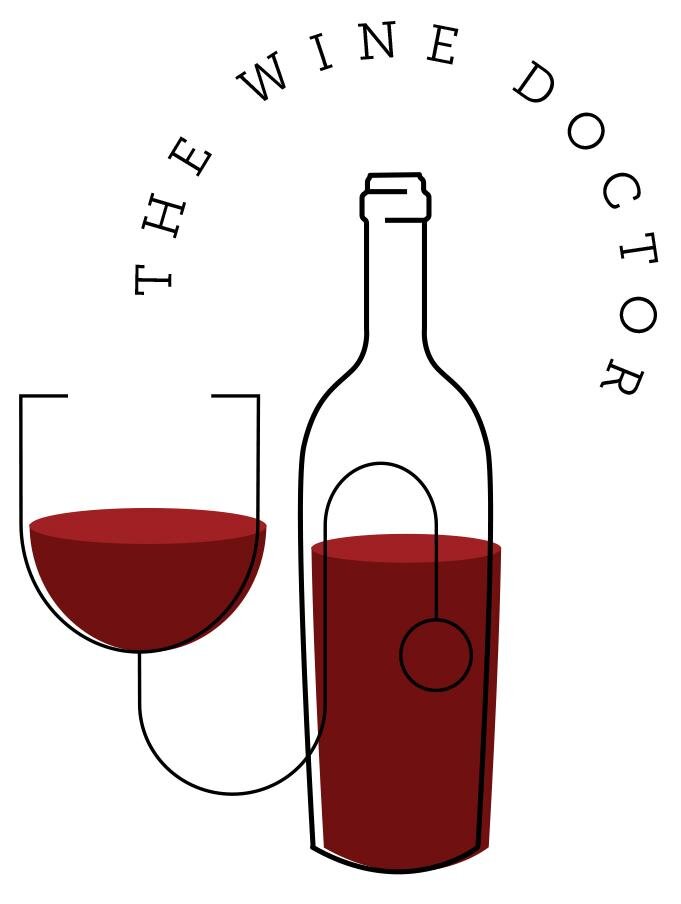Live Long and Prosper
...words from an old television series, but something we all embrace I’m sure.
In my last post, I told you I was homeless. Unfortunately, that’s still the case. I’m close to the finish line though – should be in the new place later next week. In between, I had a good road trip seeing family and friends, and got some great chill time at the beach and in the mountains.
Even though the Doctor is in temporary quarters, the Blog must go on! So, similar to my last post, I have another quick, under-the-radar region I want share with you. This time, we are headed to the second largest island in the Mediterranean – Sardinia!
Sardinia (known locally as “Sardegna”) is home to some of Italy’s great wine values, both red and white. I like to think of Sardinia as Italy’s secret weapon when it comes to wine.
It is also home to one of the world’s 5 designated “Blue Zones”: places where people live the longest and are the healthiest. In Sardinia, part of the lifestyle recipe for this longevity is the consumption of red wine grown on the island.
So exactly where are all these centenarians? Let’s go to the map!
Our wine comes from that yellow area in the map above (#7). The region is called Sulcis. The primary grape grown in Sulcis (over 4,000 acres) is Carignano. Eagle-eye Wine Doctor readers will recognize this grape from prior posts as Carignan (“kare-rin-yen”), an important blending grape in France. It is also found in Spain, where it is called Carinena, Mazuelo or Samso.
Sardinia is known for beautiful beaches and crystal waters, with a warm & dry climate and steady Mediterranean breezes..
There is a local saying: “When you wine taste in Sardinia, you bring your bathing suit”.
The naturally sandy soils are rich in limestone, mineral and organic components that contribute to the island’s unique varietal characteristics. In this picture you can see the aromatic evergreen shrub and herbal scrub that carpets the island, known as macchia.
I should add that Sardinia may be even better known for its Cannonau red wine (that’s France’s Grenache and Spain’s Garnacha for you Wine MD home gamers). On Sardinia, Cannonau develops thicker skins, which give it very high levels of antioxidants, contributing to the heart health of the population. Unfortunately, I couldn’t get a bottle of Cannonau in time for this post, so Carignano it is. But fear not, this is no runner-up wine!
Our Wine: A 2017 Carignano del Sulcis from Cantina Mesa . Approximately $20 at my local Heinens. The importer is Santa Margherita, so you should be able to find this without too much trouble.
Mesa Carignano del Sulcis “Buio” 2017
What can we learn from this minimalist label? All we have is the word “Buio”.
According to Mesa, Buio means “Dark”. Even if you speak Italian, not much help unless you read the label on the back, to learn that it is made from Carignano.
And Mesa? In both Italy and nearby Spain, mesa can mean “table”. The winery’s name reflects the Sardinian focus on gathering family and friends around the table, where food & wine is shared.
If that importer’s name sounds familiar, you get a Wine Doctor gold star (or maybe it should be a decanter)! It is the big Italian wine group Santa Margherita. Founded in 1935, they are best known for Pinot Grigio, but have expanded to 11 distinct properties across many of Italy’s best wine growing regions. Santa Margherita acquired Cantina Mesa in 2017 from its founder Gavino Sanna.
So what about the design above the name? Look at the picture below of Mesa’s iconic, minimalist winery. The right side of the building is decorated with that design.
Mesa’s wines come from almost 200 acres of vineyards, 85% of which are estate (Wine 101: owned by the producer). The most interesting thing about Buio is that it does not spend any time in oak: this red wine is fermented in stainless steel. Mesa’s ultra-modern facility is highly efficient, with the entire vinification process starting at the top level and ending underground. No pumps are used, just gravity.
Let’s see how all that translates into what is in your glass..
Tasting:
Buio has a beautiful, medium ruby color. The nose is full of ripe, red fruits. There are also some spice aromas and even hints of tobacco leaves. In the glass, as we have said before, taste follows the nose. Your first impression is ripe, raspberry fruit. The spice notes remain as well. The wine has a brightness to it, in part a function of having been fermented and aged in stainless. Despite the lack of oak, there are supple tannins, balanced by decent acidity. The finish is clean but not too long.
The Bottom Line:
This is such a versatile red wine! Unlike some Italian reds which really need food, Buio is enjoyable on its own. However, it really shines when paired with the right food, and for that you have a lot of choices. Think everything from game birds to pork shoulder, brisket and particularly cured meats. Manchego or Pecorino cheeses are also a good compliment (I’m feeling Charcuterie Board!). Grilled vegetables, as well as aromatic rices and pastas work too. I had mine with a NY-style pepperoni pizza and it was a perfect match!
Finally, back to my secret weapon reference. If you are in a restaurant where the wine list has a lot of choices from Italy, are not sure what to order but want to get it right and not break the bank, see if there is a Carignano from Sardinia. It might be just the right prescription...!
Until next time (from my new Chateau)...Cheers!




